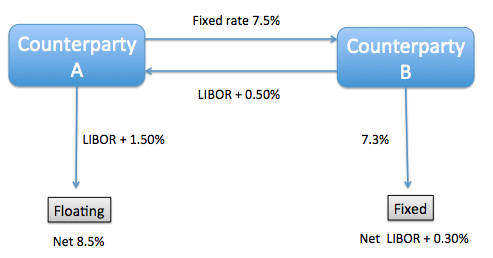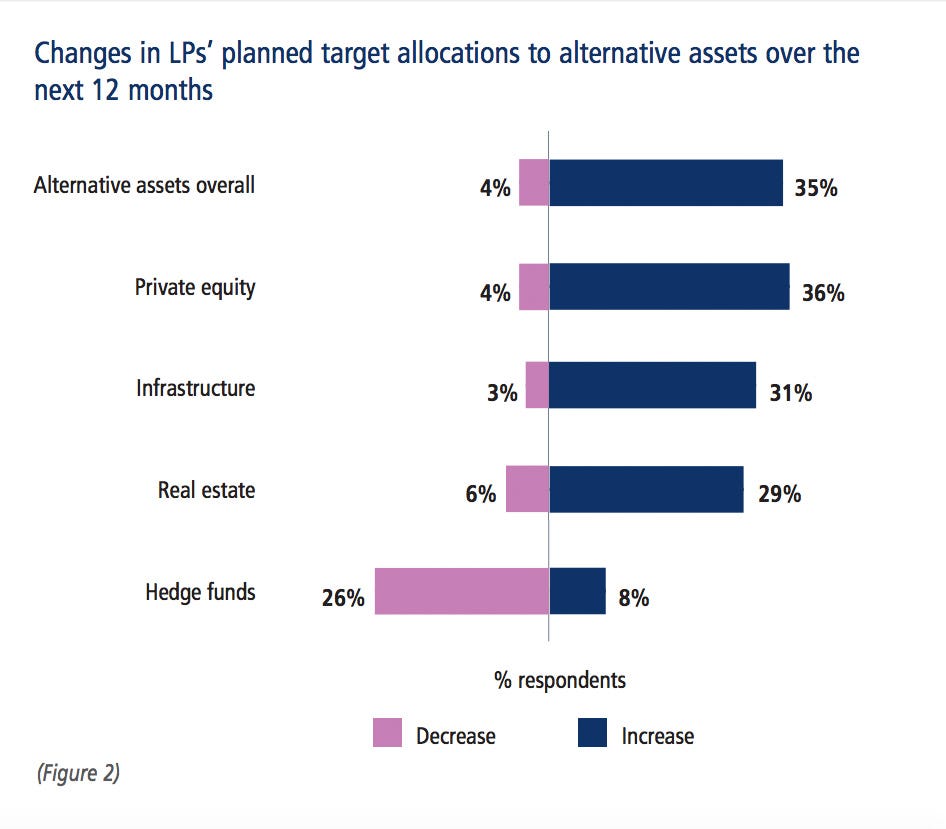fiscal solvency means: Solvency vs Liquidity: What is Financial Solvency?
Содержание

This means that the company used to have $0.67 of debt for every $1 of assets. Now, the company has taken on a little bit more debt, so 68% of company assets are financed through debt. Slight variations like this are often not a big deal, but more consistent long-term trends or radical changes from one period to the next should be of more concern to investors. If an investor wants to know whether a company will be able to pay its bills next year, they are often most interested in looking at the liquidity of the company. If a company is illiquid, they won’t be able to pay their short-term bills as they come due.
Businesses are generally expected to maintain a minimum 2 to 1 current ratio, which means its current assets should be twice its current liabilities. In business and finance, solvency is a business’ or individual’s ability to meet their long-term fixed expenses. A solvent company is one whose current assets exceed its current liabilities, the same applies to an individual or any entity. The solvency ratio measures a company’s capacity to meet its lengthy-time period obligations as the formula above signifies. The web worth ratio, which is “belongings minus liabilities equals web worth,” uses the owner’s fairness in the business to point future solvency. The debt/asset ratio divides complete liabilities by total belongings and determines the quantity of debt per greenback of belongings owned.

In the industrialized world this trend is driven by simultaneous decreasing fertility and increasing longevity. A growing body of empirical research has highlighted the positive relationship between fiscal transparency, fiscal performance, and perceptions of fiscal solvency. Some smaller commodity-exporting economies will need to take steps to increase their fiscal solvency. Credible fiscal consolidation is a necessary condition to restoring confidence and re-establishing fiscal solvency.
Horizontal vs. Vertical Analysis
As well, the fiscal solvency means of a company is able to help you determine whether or not it has growth capabilities. The cash flow statement of the company is also going to indicate if it’s solvent or not. This is since it generally focuses on how well the business can meet the short-term obligations and demands that it has.
The interest coverage ratio measures how many times a company can cover its current interest payments with its availableearnings. In other words, it measures the margin of safety a company has for paying interest on its debt during a given period. There are several ways to figure a company’s solvency ratio, but one of the most basic formulas is to subtract their liabilities from their assets.

Unlike liquidity ratios, solvency ratios focus on the company’s long-term financial health. The terms liquidity and solvency are often confused but actually express different concepts. Financial accounting calls for all companies to create a balance sheet, income statement, and cash flow statement which form the basis for financial statement analysis.
What is Solvency?
https://1investing.in/ often use various financial metrics and ratios to explore the solvency of a company. Technical analysis uses statistical trends gathered from market activity, such as moving averages . Essentially, technical analysis assumes that a security’s price already reflects all publicly available information and instead focuses on the statistical analysis of price movements. Technical analysis attempts to understand the market sentiment behind price trends by looking for patterns and trends rather than analyzing a security’s fundamental attributes.
The concept of financial stability or the situation where banks remains healthy, without any weaknesses, became an important priority for central banks after the crisis. The relationship between the total debts and the owner’s equity in a company. The balance sheet of the company provides a summary of all the assets and liabilities held. A company is considered solvent if the realizable value of its assets is greater than its liabilities.
Biden: Social Security Cuts Off the Table in Debt Ceiling Fight – ThinkAdvisor
Biden: Social Security Cuts Off the Table in Debt Ceiling Fight.
Posted: Wed, 08 Feb 2023 08:00:00 GMT [source]
Moreover, for investments and loan extensions, banks prefer solvent businesses. Ratio analysis refers to a method of analyzing a company’s liquidity, operational efficiency, and profitability by comparing line items on its financial statements. Solvency is related to debt, as solvency is the measurement of how well a company will be able to pay off its debts. In the long-run, however, it is important that a company keeps track of its future obligations and whether it will be able to pay long-term debt as it comes due. Although solvency and debt are not the same thing, they are very closely related.
Why Is Financial Analysis Useful?
This means that they can shut out their long-time period debt obligations when they come due using operating earnings. Lenders trying by way of an organization’s monetary statement will normally use the solvency ratio as a determinant for creditworthiness. The solvency ratio represents the ability of an organization to pay it’s long term obligations.
- The solvency ratio can help identify companies that are currently undervalued but are likely to increase in value in the future.
- Current liabilities embrace principal due and accrued interest on time period debts, working mortgage balances, and any other accrued expense.
- She holds a Bachelor of Science in Finance degree from Bridgewater State University and helps develop content strategies for financial brands.
- Commercial paper—short-term debt that is issued by large companies to finance current assets and pay off current liabilities—played a central role in this financial crisis.
- InsolventInsolvency is when the company fails to fulfill its financial obligations like debt repayment or inability to pay off the current liabilities.
These include money and money equivalents, marketable securities and accounts receivable. The quick-time period debt figures include payables or inventories that need to be paid for. A company could possibly cover current or upcoming liabilities by shortly liquidating property with little business interruption. Improve solvency by implementing financial management strategies that increase your assets, reduce your liabilities or both. Manage your solvency ratios to make sure you can cover your debt obligations and you’re in a position to qualify for financing when you need it.
Solvency Risk
Sometimes referred to being in the black or in the pink, being financially solvent generally represents a certain level of financial freedom. Individuals and businesses operating in this state have sound control over their finances, which translates into greater credibility when doing business with others. Able to meet all financial obligations while still having money left over is a state that most people aspire to regardless of career or current economic status. The two main categories of reform in the area of pensions are altering the age eligibility for pension benefits or altering the coverage of the benefits and adjusting the size of the benefits.
It differs from liquidity, which focuses on the ability to repay short-term obligations. Evaluating solvency is important for companies planning how to cover debt repayments and for lenders and investors assessing credit risks. Basically, solvency ratios take a look at long-term debt obligations while liquidity ratios take a look at working capital objects on a firm’s steadiness sheet.
Financial ratios are used by businesses and analysts to find out how an organization is financed. There are also solvency ratios, which can spotlight certain areas of solvency for deeper analysis. Short-term and lengthy-time period liabilities are found on the corporate’s stability sheet. The solvency ratio is a key metric used to measure an enterprise’s ability to satisfy its debt obligations and is used often by potential business lenders. The solvency ratio indicates whether or not a company’s cash move is sufficient to satisfy its brief-and long-term liabilities. Investors can determine the company’s liquidity and solvency place, with the help of liquidity and solvency ratios.
Your accounting professional can help you determine which ratio is most relevant to your current needs. Current liabilities refers to money that must be paid within the next 12 months. Not all of the company’s basic inventory is included in current assets – only such assets as money owed to it by other firms and individuals plus marketable securities. Solvency ratios are different than liquidity ratios, which emphasize short-term stability as opposed to long-term stability. The ability of a company to rely on current inventory to meet debt obligations. However, what if the company wants to borrow money to help with the expansion, but isn’t able to repay debt from existing assets?
Using ratio analysis in addition to a thorough review of economic and financial situations surrounding the company, the analyst is able to arrive at an intrinsic value for the security. The end goal is to arrive at a number that an investor can compare with a security’s current price in order to see whether the security is undervalued or overvalued. It measures this cash flow capacity versus all liabilities, rather than only short-term debt. This way, a solvency ratio assesses a company’s long-term health by evaluating its repayment ability for its long-term debt and the interest on that debt. Solvency ratios and liquidity ratios both measure a company’s financial health but solvency ratios have a longer-term outlook than liquidity ratios. The quick ratio is a calculation that measures a company’s ability to meet its short-term obligations with its most liquid assets.
Yet our results cannot reject the hypothesis of fiscal insolvency in groups of countries with high debt ratios, where the response of the primary balance to increases in debt is not statistically significant. This is a comparison of how much money investors have contributed to the company and how much creditors have funded. Before an individual or organization invests or lends money to a company, they need to be sure that the entity in question can remain solvent over time. Thus, interested stakeholders utilize solvency ratios to assess a company’s capacity to pay off its debts in the long term. If you examine keenly, you will notice that the numerator comprises the entity’s current cash flow, while the denominator is made up of its liabilities. Thus, it is safe to conclude that the solvency ratio determines whether a company’s cash flow is adequate to pay its total liabilities.
It’s calculated by dividing corporate income, or “earnings,” before interest and income taxes by interest expense related to long-term debt. Solvency helps measure the ability of a company to meet financial obligations. Companies can go through short-term solvency, which gets calculated by dividing current assets by current liabilities. Solvency basically shows insights into the ability that a company has to pay off its financial obligations, such as long-term debts. One of the most effective, and quickest, ways to do this is to assess its shareholder’s equity.
fiscal solvency definition, fiscal solvency meaning
Viability is a business’s ability to be profitable over a long period of time. Businesses with a track record of consistently turning profits year after year have viability. This adds to the overall value of a business because of the expectation that it can continue to turn profits moving forward.
